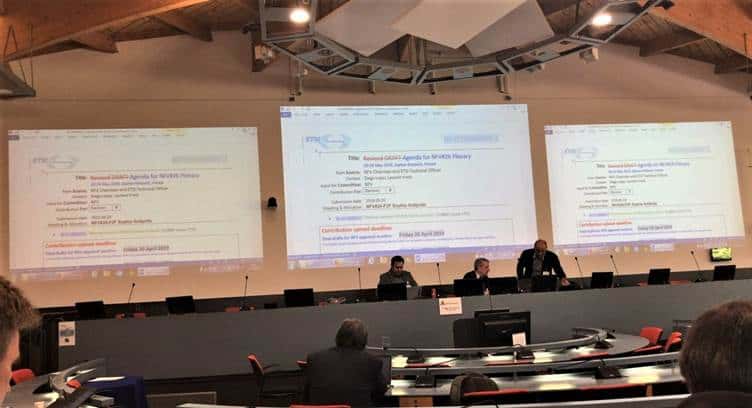The ETSI Industry Specification Group (ISG) for Network Functions Virtualisation (NFV) has started working on its next specification release, known as Release 4.
While NFV-based deployments are expanding worldwide and show the benefits of network function virtualization, new technologies are expected to be leveraged and features are being added in support of 5G and novel fixed access network deployments that are emerging in many countries. The release 4 work programme will provide the right setting to further enhance the NFV framework by considering recent technological advances, as well as ways to simplify its usage, that are aligned with the current trends in the industry towards network transformation.
Release 4 addresses several new issues in the following technical areas: the evolution of the NFV framework to support the most recent cloud, software, and virtualization techniques; novel management architectural styles and operationalization aspects, leveraging virtualization characteristics to simplify deployments; and increased support for automation.
More specifically, at its twenty-seventh plenary meeting, the ETSI ISG NFV approved, among others, new Release 4 work items to conduct a set of studies about service-based architecture design for NFV, VNF generic operations, administration and management (OAM) functions, as well as enablers for autonomous management in NFV management and orchestration (NFV-MANO).
Normative work in Release 4 to enhance the support in the NFV framework for container-based deployment of VNFs was also started, addressing service interfaces for OS container management and orchestration, as well as the requirements for the management and orchestration of container cluster nodes. A better setting for the applicability to NFV of current network cloudification trends, as well as new tools to make network deployments and their operation more automatic and simpler, yet flexible, are among the expected outcomes from the new work that was launched.
Joan Triay, ETSI ISG NFV Technical Manager
The technical topics comprising the Release 4 scope exemplify well how the NFV framework is continuously being enhanced to consider existing and new technology trends and provide the demanded support by network operators and network function providers for deploying current and future network generations.




















